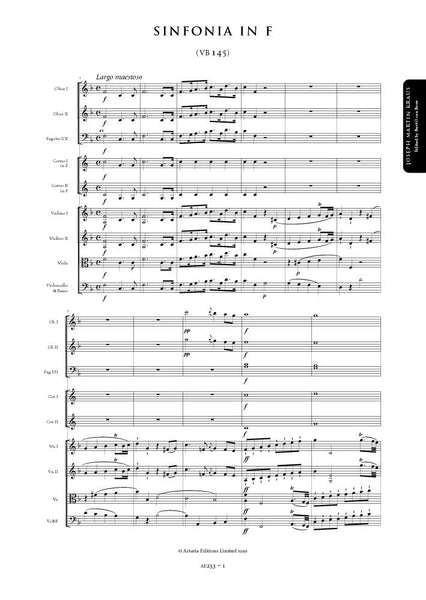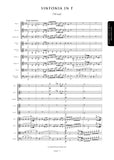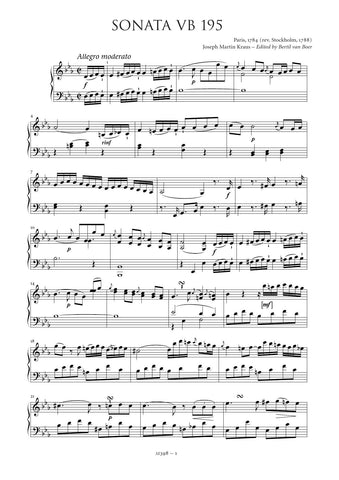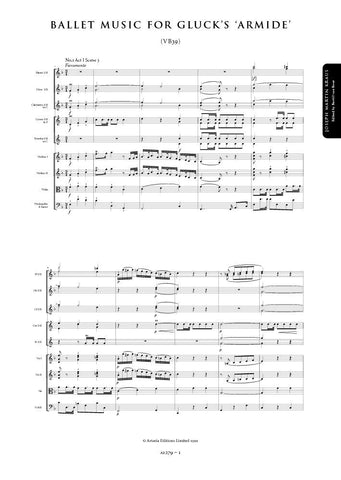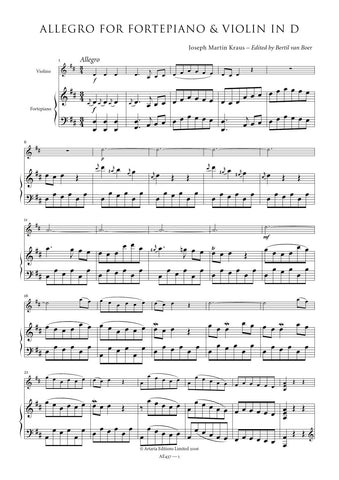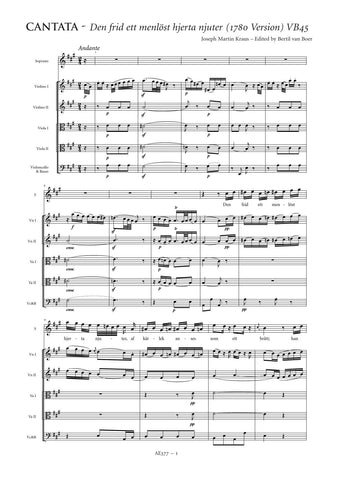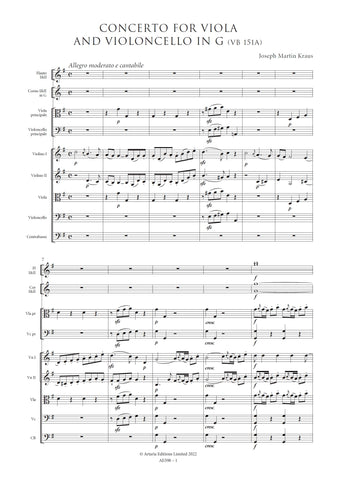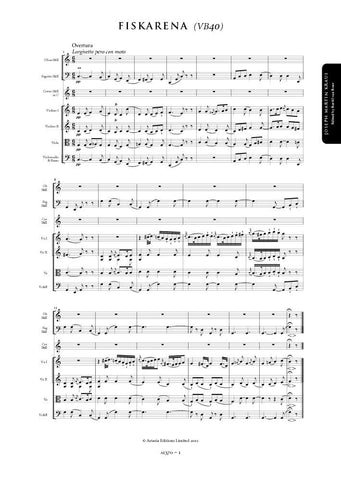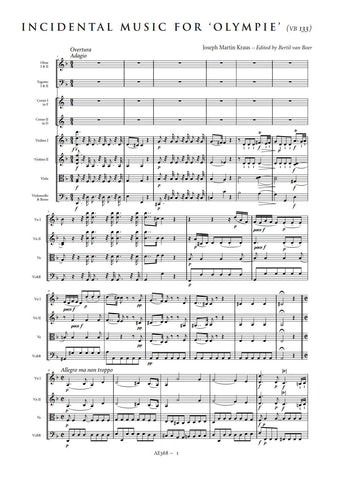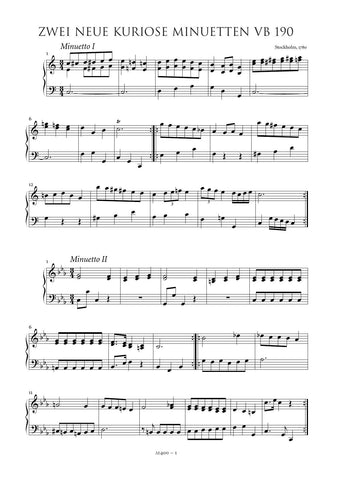Description |
Kraus, Joseph Martin (1756-1792)
|
||||||||||||||||||
Audio sample |
|||||||||||||||||||
Details |
The Symphony in F Major (VB 145) is one of three works in this genre where the question of authorship has, until recently, been unclear. The only source for the work is a set of parts for three symphonies published by the Parisian publisher Boyer, which names Giuseppe Cambini as its author. The edition, which was published in 1787, exhibits several peculiarities that cast strong suspicion on the question of authorship. First and foremost, two of the three symphonies exist elsewhere as the works of other composers - both the Symphony in E minor and the Symphony in D major exist in Regensburg under the names of Kraus and French violinist Prosper-Didier Deshayes. There is also some paleographical evidence that the name on the titlepage, "J. Cambini" (rather than the usual "G. Cambini" as his other published music has as the author almost exclusively), is a substitution, although the original engraved name cannot now be read.Moreover, Boyer was a publisher who was not associated with Cambini, who was an immensely popular composer of sinfonia concertantes, had a great following at the Concerts Spirituels, and who published actively with Imbault and others though not with the publisher of this set. The question of attribution was first broached in 1971 when musicologist Walter Lebermann began to analyze and compare the work with verified symphonies by both composers. His conclusion in 1982 was that all three symphonies in the set showed a uniform form and style most consistent with Kraus's authorship based upon comparative musical evidence. Finally, an in-depth stylistic analysis done published in 1989 shows complete correspondence musically with Kraus's other symphonies, but only the remotest similarity with any authentic Cambini symphony and concertante. In short, all stylistic evidence speaks for Kraus's authorship, while there is little or nothing apart from the attribution to connect the work in any logical or solid way to the popular Italian composer. A date for the work is a matter of some conjecture, although there exists some circumstantial evidence that allows a reasonable chronology to be suggested. Pater Roman Hoffstetter reported in 1800 that Kraus had presented "several pretty and brilliant symphonies" composed in Paris for publication, which would mean that this French work dates most likely from the period 1784-1786 when the composer was resident in this city. He no doubt contacted Boyer with this set of works, intending him to publish them. Boyer, knowing that the unknown Kraus would probably not sell, substituted the better-known Cambini as author, an entirely plausible suggestion given the lack of copyright regulations and the fact that Kraus had already left Paris by that time and thus could not mount a protest. How Cambini would have felt about this is not known, but there is no evidence that he ever mounted a protest when other works of music by various composers were likewise published under his name. The Symphony is in a three movement form, with an unusual slow introduction and a second movement that bears a cross formal structure between a gavotte and a short rondo. It is an unusual piece with harmonic surprises, extreme textural contrasts, and careful orchestration. The lone flute in the slow movement is particularly effective. The sole surviving source is inconsistent in terms of dynamics, slurring, ornaments, and other articulations. The editor has regularized those parallel passages, adding the missing elements like slurs, wedges, and dynamics. There are several instances where the engraver has either done the wrong note or made it ambiguous; these have been tacitly corrected. Notational devices such as eighthnote ostinati have been written out. Bertil van Boer |
||||||||||||||||||
Score Preview (best viewed in full screen mode) |
|||||||||||||||||||
Loading...
Error




